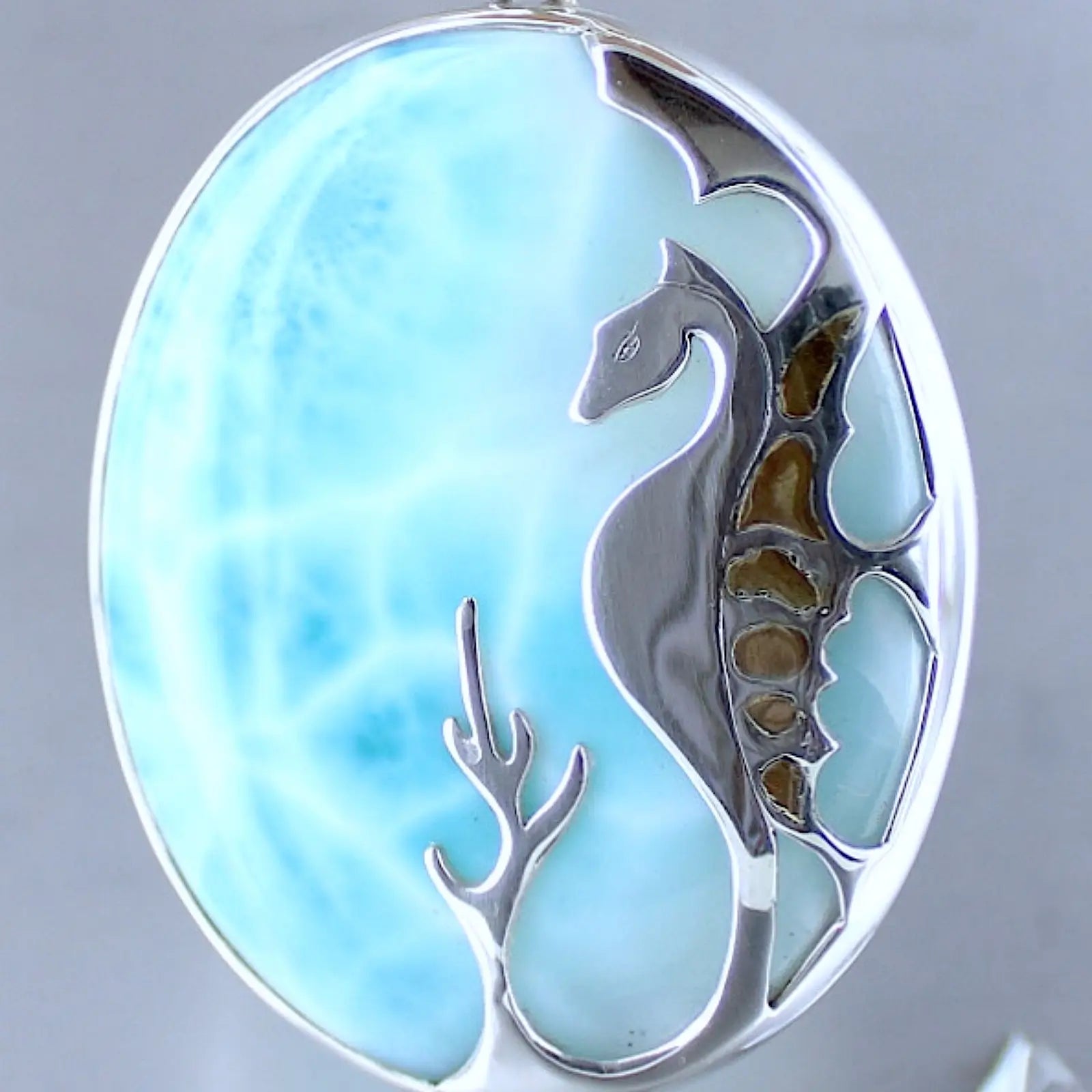Labradorite
.Labradorite is a natural fine stone from the Feldspar family.
It owes its name to the region where it was discovered: Labrador in Canada.
The most remarkable deposit is in Madagascar.
This gray stone most often has metallic reflections of blue to green color.
.There are other colors like yellow, orange, purple, red and pink.
.Labradorite Spectrolite from Finland presents a richer color range with more intense light reflections.
Magnetic color and metallic reflection
.Labradorite reflections are not naturally present in the stone.
This colorful shimmer that slides over the Labradorite following the light results from the encounter of the light rays with the internal lamellar structure of the stone.
This optical phenomenon is called Adularescence .
White Labradorite
.Better known under the commercial name of " Rainbow Moonstone ".
.White Labradorites exhibit the same mirror reflections as blue Labradorites but on white bases.
.Colorful reflections can be yellow, blue, more rarely pink.
The most beautiful specimens with intense, transparent fires and without inclusions are the most valued and coveted.
.Not to be confused with the blue-tinged moonstone from Sri Lanka as well as Peristerite.
Meaning
.Labradorite is a stone of protection.
.It acts as a shield against negative energies.
.This stone symbolizes the link between earth and sky .
Myths and legends
According to Inuit belief, Labradorite was born from the light of the Northern Lights, solidified by the cold, then fell to earth in the form of rock.
Another Inuit version tells that a warrior struck a Labradorite with his spear, releasing colored fires that rose towards the sky, thus creating the northern lights.



















